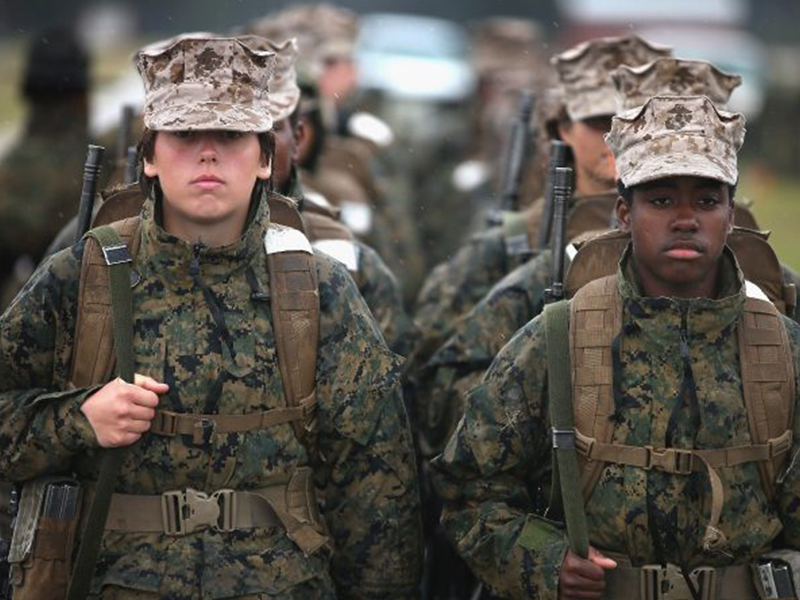In brief, security is a process of political ordering. In addition, it is connected with established power relations, hierarchical gender norms and inequalities, all in highly masculinized structures, where ideas of hegemonic masculinity overshadow conceptions of femininity. In these male-dominated structures, women are regularly excluded, under-represented and marginalized.
This historically established security–gender nexus is now being torn apart by the gathering winds of change, with one especially powerful gust coming after the UNSCR 1325 on Women, Peace and Security (WPS). While the overall percentage of women in the security sector is still low due to historical gendered-binary definitions, there is a positive trend in the number of female peacekeepers, for both military and police.
According to the UN Security Council (UNSC), women now comprise 41 per cent of heads and deputy heads of peace operations led by the UN Department of Peacekeeping Operations (UNPKO) and the Department of Political Affairs (UNDPA), which shows an increase of 13 per cent since 2017[1]. Also, as of July 2018, 3 out of 16 UN peace operations with police components had women heads, which represent 9 per cent increase[2]. Another way gender has been mainstreamed is through the establishment of Women`s Protection Advisers (WPAs), mandated by the Security Council and deployed to countries with high risk of conflict-related sexual violence.
At the EU level, a number of political commitments have been established to promote the role of women in peace processes and enhance the implementation of 1325. These have been translated into relevant normative frameworks, such as the recent EU Strategic Approach to WPS, which builds upon and replaces the 2008 Comprehensive Approach to the EU implementation of WPS[3]. In addition, under the Common Security and Defence Policy (CSDP) missions, the EU has embraced gender policies in the planning and implementation of its international crisis management initiatives.

Behind these achievements, questions still remain on whether such gender mainstreaming and gender balance measures promoted by international institutions have, in practical terms, contributed to the substantial inclusion of women in the security sector. Two core challenges emerge in this context.
First, there is a lack of understanding of what mainstreaming means and a difficulty in measuring the implementation of this action in different contexts. Second, and more importantly, peacekeeping missions are still highly gendered spaces, especially because of the traditional military understanding of hierarchical gender norms and relations (strong militarized male leader / vulnerable woman). This very conception is at the root of what is holding back the meaningful inclusion of women in the sector.
From this perspective, it is not enough to simply ask for women to be included in the security sector, whether as objects or agents of intervention. What is essential is to ask how that inclusion will take place. Instead of focusing solely on numbers, the international community might do well to think with a broader understanding of gender relations and focus on changing policies as well as structures that perpetuate gender inequalities within and beyond the security sector.
As feminist experts maintain “until hierarchies of gender and other hierarchies associated with class and race are dismantled and until women have control over their own security, a truly comprehensive system of security cannot be devised” (Tickner 1992: 30). Hopefully, the inclusion of a gender perspective in the peacekeeping and peace-building contexts will be a norm rather than an exception. Until the rigid barriers that hinder women`s full potential as peacekeepers are removed, peacekeeping missions efforts to sustain peace will continue to fail.

